The forthcoming sale of the contents of Fortgranite Estate in Baltinglass in Co Wicklow by Fonsie Mealy offers an insight into the remarkable history of three centuries of the Dennis family.
The estate on 341 acres, with Regency gate lodge has recently been sold, and now the contents - over 850 lots - will be auctioned at Fortgranite on April 16th.
The Dennis family, originally known as Swift, was related to satirist and Dean of St Patrick's Cathedral Jonathan Swift, but changed names in the late 1700s in order to inherit an estate in Cork. (Incidentally, the Swifts originally spelled their name Swifte.)
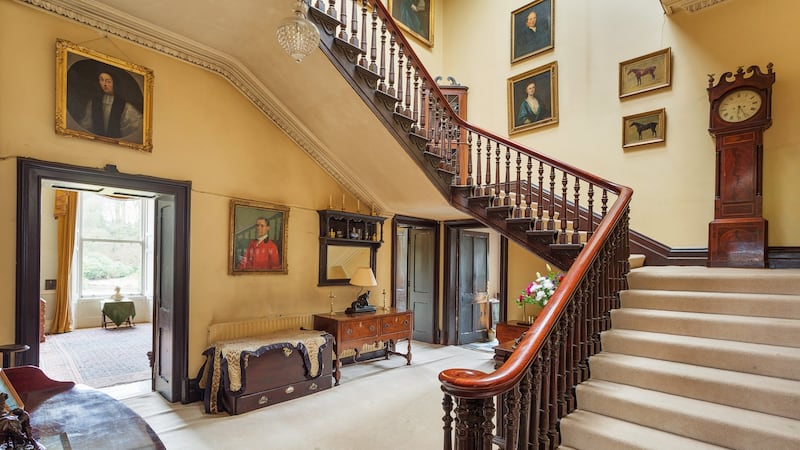

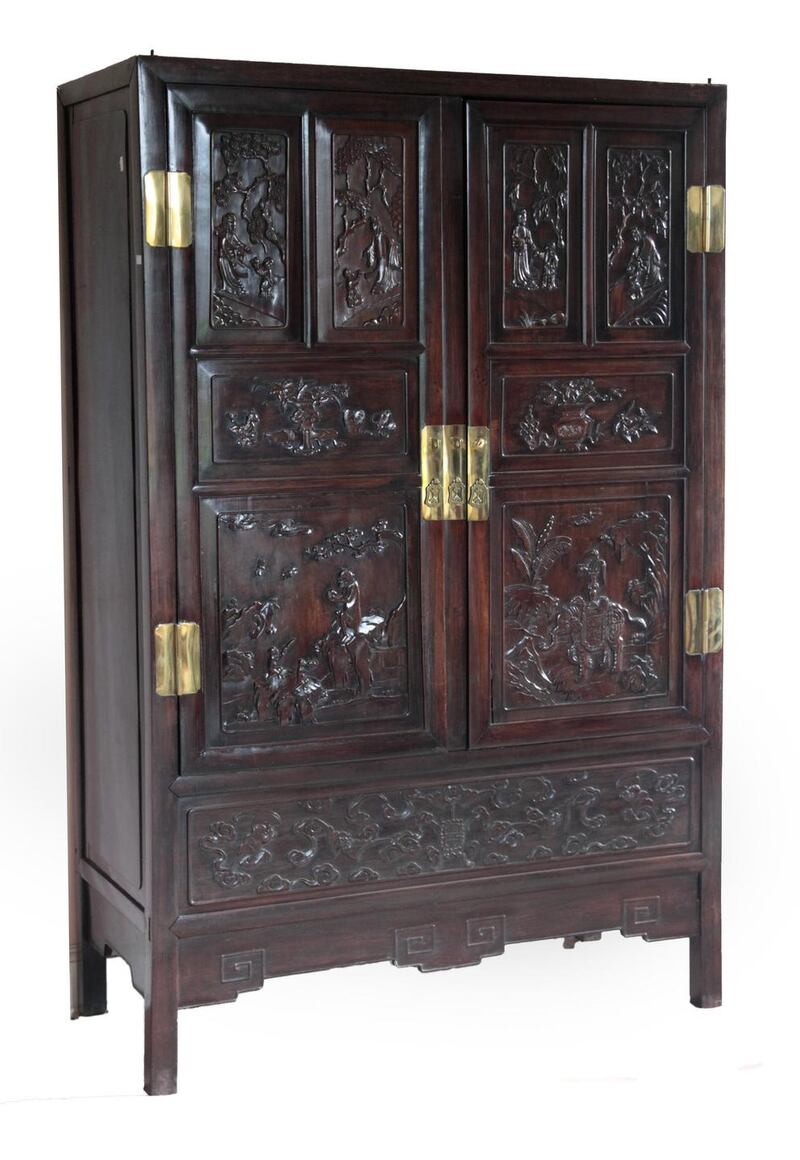
The auction contents follow the family’s legacy in three major categories, that of military and literary history, with invention thrown in for good measure.
Over the years the family produced two major inventors: Col Dennis Mead designed what became known as the Dennis Detector – a prototype of the machine used to detect submarines during the two World Wars. The detector, which lay in a box in the basement for years, has now been bequeathed to the National Maritime Museum. He also developed the first recorded amateur radio station in the world on the grounds of his home at Fortgranite, which are destined for another national institution.
An earlier boffin was the eccentric self-titled Lord Carlingford - Godwin Pratt Meade Swifte whose life size portrait is lot 516 (€ 3,000-€ 5,000). In 1854 he patented what he termed the "aerial screw" also known as "Swiftes' screw" an early attempt to solve the problem of aerial navigation.
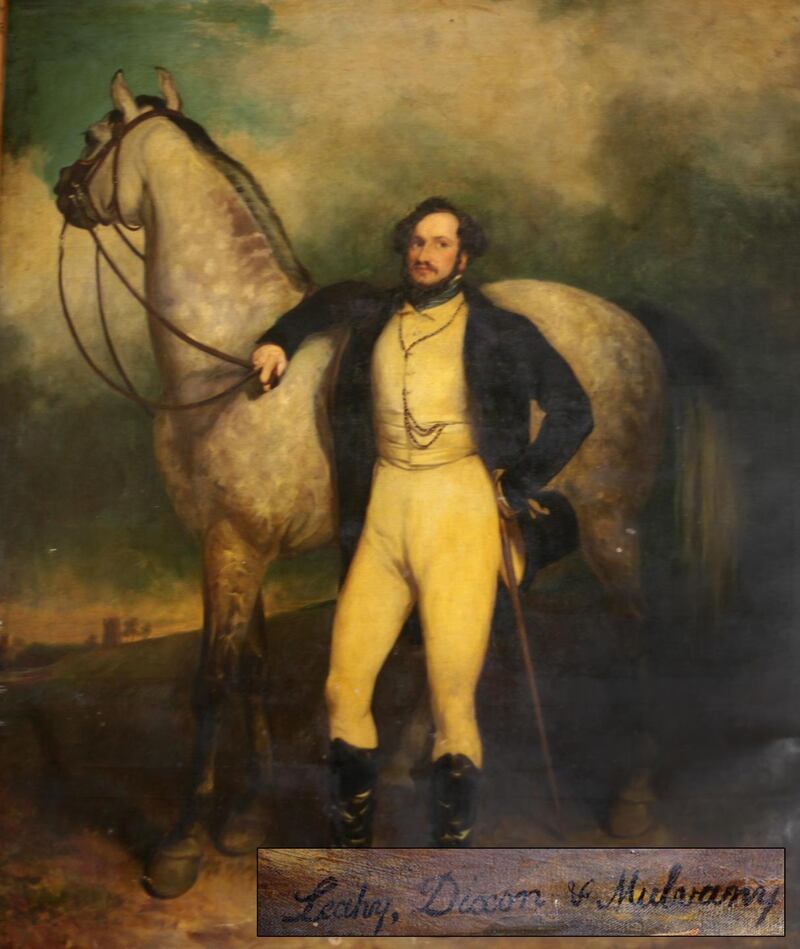
His plane, or “aerial chariot” as he preferred to call it, had a boat shaped carriage with silk covered wings – and aimed to replicate the aerodynamics of birds’ feathers.
Swifte tested his invention at Foulksrath Castle in Kilkenny (which is pictured in the portrait). Having ensconced his butler as pilot, Swifte pushed the chariot off the battlements where it plummeted to the ground. Remarkably the butler survived with just a broken leg, and the remains of his chariot – a wooden propeller and wheel are on display at the Rothe House Museum in Kilkenny.
Churchill letter
The military history is evident from lot 429, a letter from Winston Churchill to Captain M Dennis regarding the Boer War. Dennis had taken exception to a book that Churchill had written on the war, and this letter is Churchill's carefully worded response. Churchill had worked as a war correspondent for the Morning Post until he was captured and held prisoner in Pretoria. He later joined the British army after escaping (€2,000-€ 3,000).

In addition is lot 190, the Father and Son collection of war memorial medals, with photographs of both Col J Dennis and Major M Dennis covering the years 1901-1945 including accolades such as the Ypres Silver Cross, South African Medal, Africa Star and the Gold Medal for service in the “Great War for Civilisation 1914-1919”. (€ 2,000-€ 3,000)
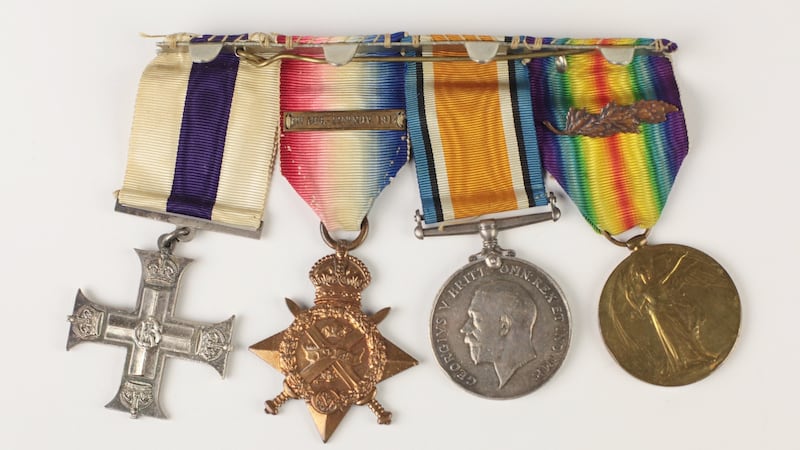
The taxidermy collection of roan antelope were originally shot by Col Meade Dennis to feed his troops while based in Khartoum (€ 400-€600). Also included is a rare tiger head mounted by Van Ingen and Van Ingen. Dennis was, according to his family, not a sports hunter and this animal was shot as he posed a danger to his army in India.
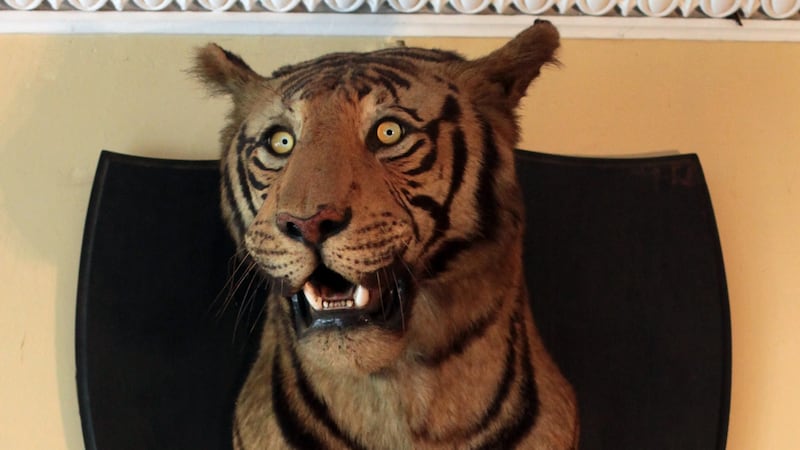
Van Ingen and Van Ingen, the Mysore based taxidermy company, was the largest of its kind in its heyday. The company served international nobility including the maharajas of India, and were noted for their snarling tigers with hand-painted glass eyes. To be honest the look of lot 795 is more of a startled cat than a growling tiger, but a collectible item nonetheless. (€ 800-€ 1,200)
The literary and artistic connections are told through family portraits, and reveal connections to the poet John Dryden, artist Kathleen Marescaux and Shakespearean scholar Edgar Flower – a family member was the godson of William Shakespeare.
Stella
But most interesting is lot 510 (€ 700-€1,000), a portrait of Esther Johnson – the woman who still causes intense debate - as to whether she and Johnathan Swift married in secret.
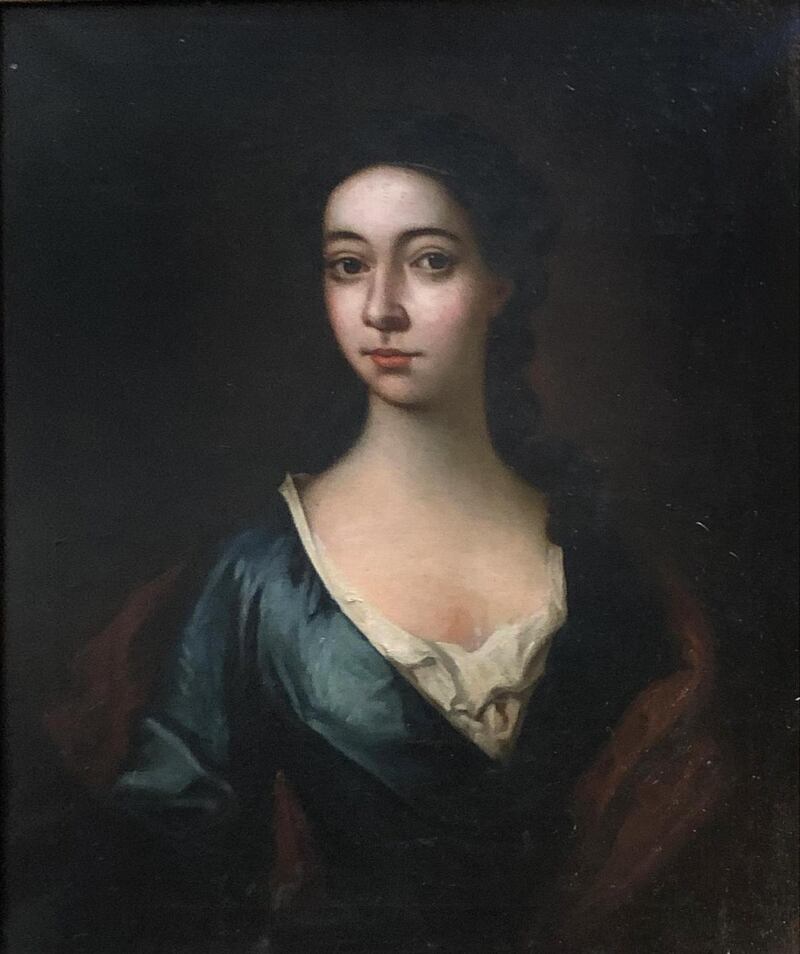
Stella - as she was known, was described by Swift as the “most beautiful, graceful and agreeable young woman in London” moved to Ireland and lived in Swift’s house. He published her witticisms under the title Bon Mots de Stella as an appendix to Gulliver’s Travels, and his Journal to Stella – a collection of 65 letters from him to Stella was published posthumously. He was said to be inconsolable after her death in her mid-forties, and penned The Death of Mrs Johnson in her memory.
At his request he was buried beside her in St Patrick's Cathedral and a ward in St Patrick's Hospital is named Stella in her memory. See fonsiemealy.ie












